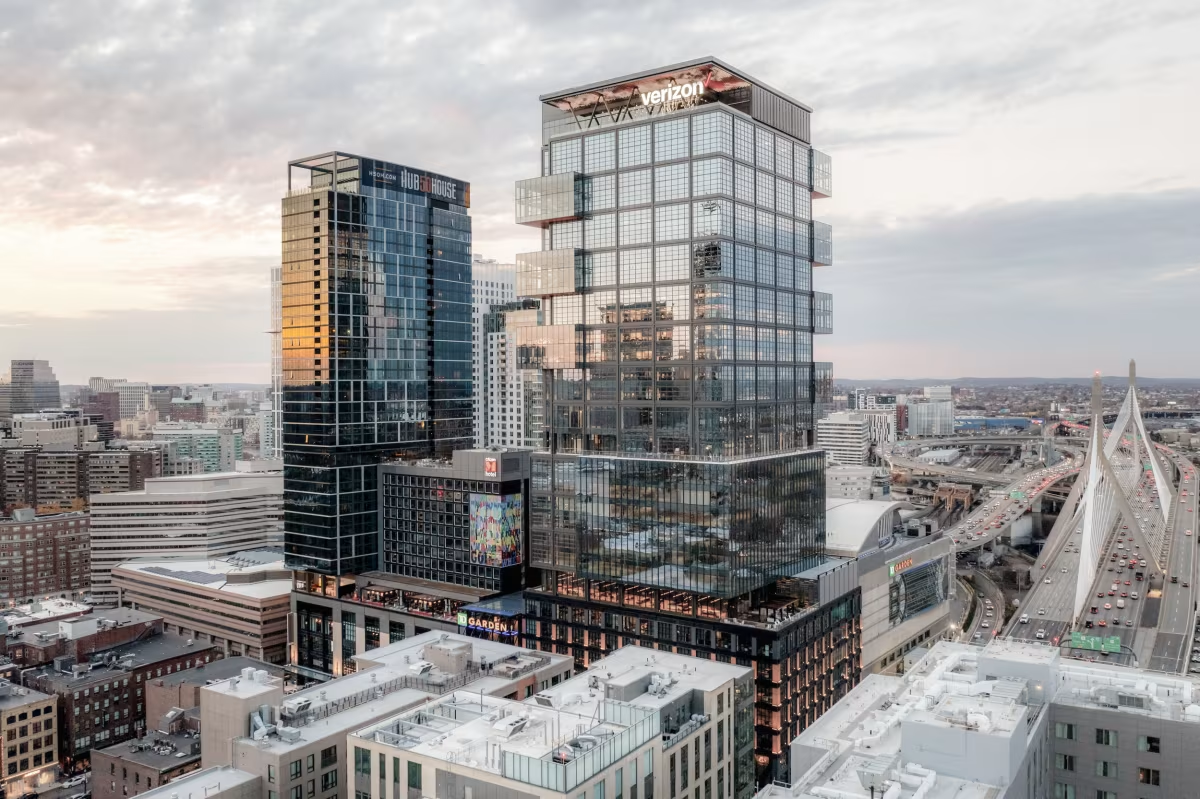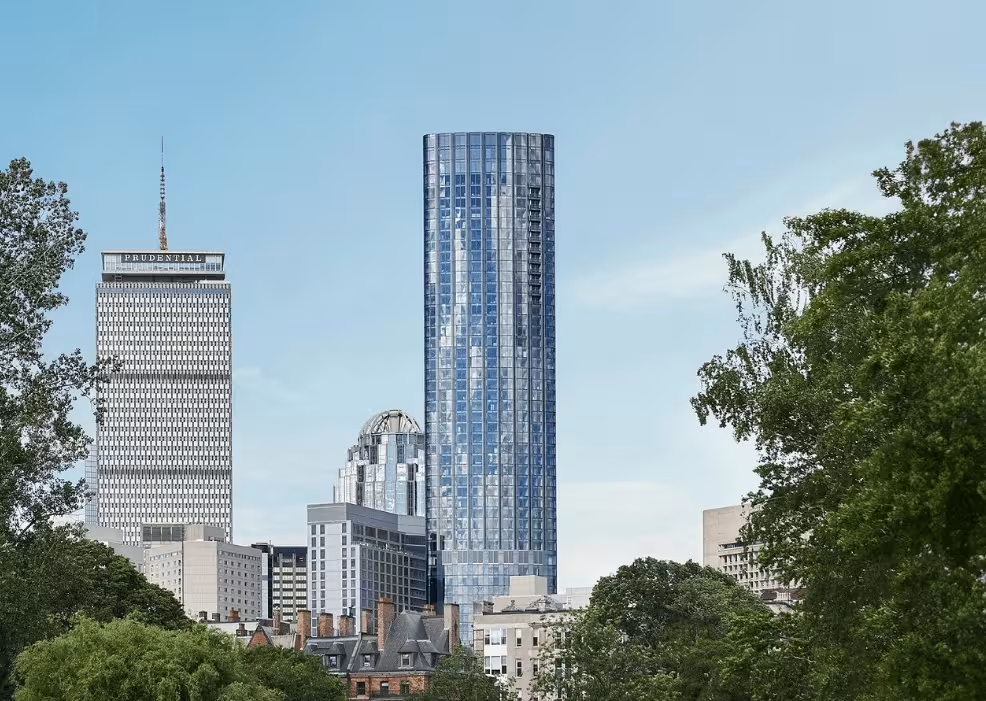The Hub on Causeway Residential Tower vs One Dalton Building


Comparing the The Hub on Causeway Residential Tower and the One Dalton Building is interesting because they both stand in Boston, MA, and were completed in the same year, but they were designed by different architects.
This offers a unique glimpse at how rival designers approached projects in the same city during the same era.
Height & Size
The One Dalton Building is clearly the larger tower of the two, both in terms of height and number of floors. It rises to 748ft (228m) with 61 floors above ground, while the The Hub on Causeway Residential Tower reaches 495ft (151m) with 38 floors above ground.
Of course, each project may have faced different briefs or regulatory constraints, which we don't really know about and could also explain the outcome.
Architectural Style
Both the The Hub on Causeway Residential Tower and the One Dalton Building were designed in line with the aesthetic conventions of the Contemporary style.
At the time, this style was at the height of its popularity. So both Solomon Cordwell Buenz and Pei Cobb Freed & Partners followed what was in many ways expected of them, producing designs that fit comfortably within contemporary architectural norms, rather than breaking with convention.
Uses
The One Dalton Building follows a mixed-use model, combining residential and hotel. In contrast, the The Hub on Causeway Residential Tower has remained primarily residential.
The One Dalton Building incorporates a 5-star hotel with 215 rooms. More information is available at the official website.
In terms of capacity, the The Hub on Causeway Residential Tower offers 440 apartments, while the One Dalton Building provides 160 units.
The The Hub on Causeway Residential Tower also provides 500 parking spaces.
Structure & Facade
Both the The Hub on Causeway Residential Tower and the One Dalton Building rely on a Frame structural system.
A frame structure uses a grid of columns and beams to carry the building's loads. This frees the walls from structural duties, allowing for flexible floor plans and larger windows.
They also employ the same type of facade, a Curtain Wall facade.
A curtain wall is a non-load-bearing facade hung from the structural frame. It is anchored to floor slabs and transfers only its own weight and wind loads, allowing for sleek, glassy exteriors.
| The Hub on Causeway Residential Tower | One Dalton Building | |
|---|---|---|
| Solomon Cordwell Buenz | Architect | Pei Cobb Freed & Partners |
| 2016 | Construction Started | 2015 |
| 2019 | Year Completed | 2019 |
| Contemporary | Architectural Style | Contemporary |
| Residential | Current Use | Mixed |
| 38 | Floors Above Ground | 61 |
| 151 m | Height (m) | 228 m |
| 440 | Residential Units | 160 |
| Frame | Structure Type | Frame |
| Concrete | Vertical Structure Material | Reinforced Concrete |
| Concrete, And Steel | Horizontal Structure Material | Reinforced Concrete |
| Glass, Steel | Main Facade Material | Glass |
| Boston Properties, And Delaware North | Developer | Carpenter & Company |
| Copley Wolff Design Group | Landscape Architect | Michael Van Valkenburgh |
| Kone | Elevator Company | Kone |
| Constantini | MEP Engineer | WSP USA |
| Le Messieur | Structural Engineer | WSP USA |
| MA | State | MA |
| Boston | City | Boston |
| 50 Causeway Street | Address | 1 Dalton Street |